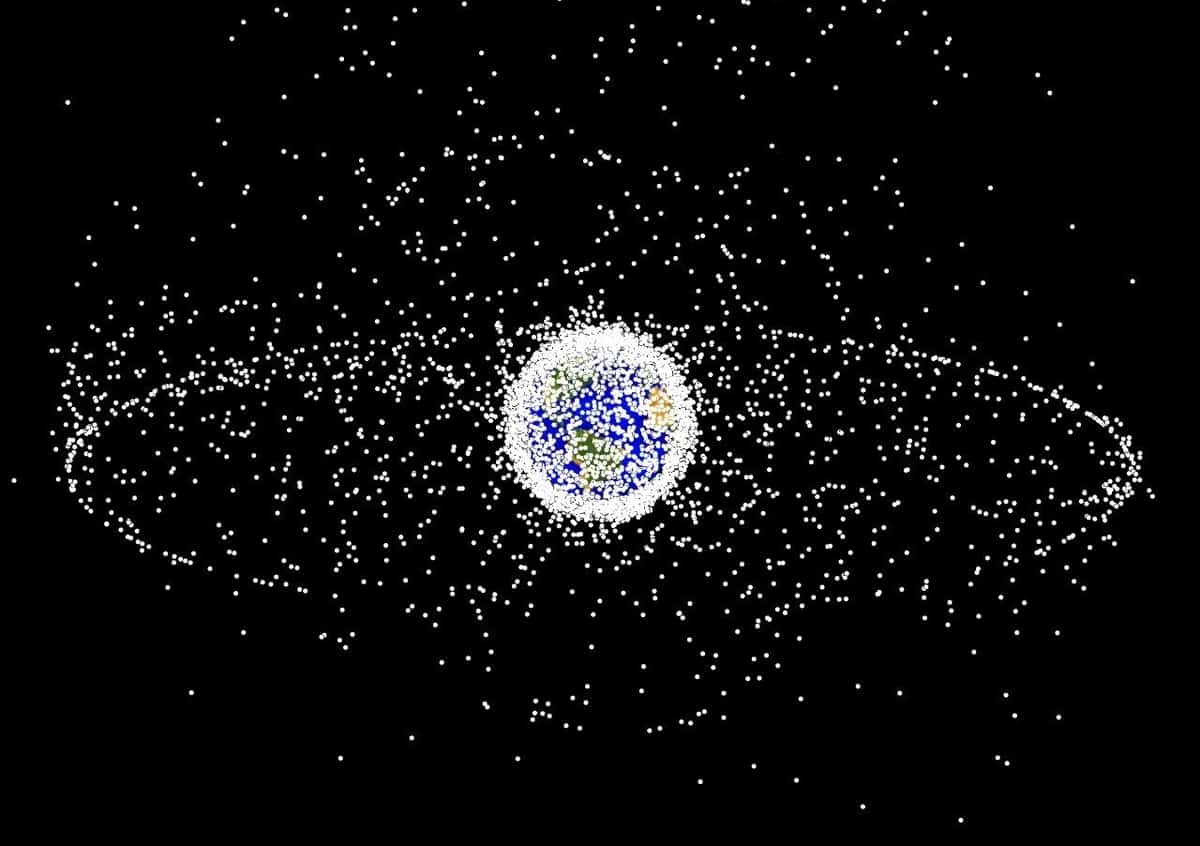
Vast stretches of open ocean cover two-thirds of the globe and the entire space surrounding our earth is virtually no man’s land. There are hardly any rules or regulations applying to the over-exploitation of the sea for fish and other animal and plant resources besides mining the seafloor for oil, gas, and other elements. Similarly, countries keep sending satellites to space and space debris mostly consisting of defunct satellite parts keeps revolving around the earth without check.
Caution the environmentalists, one must not forget that sea as also space is not limitless resource, and we must use it sustainably so that it lasts for generations to come.
A step in that direction has been taken for the first time after years with nearly two hundred nations signing a treaty under the aegis of the United Nations for the protection of the ocean and its biodiversity.
Each nation has jurisdiction over a little bit of ocean near its coast, its EEZ( Exclusive Economic Zone), for which the country was responsible. But the high seas being under no single country’s control were free for all, open for anyone to go for deep-sea drilling, overfishing, and bioprospecting, not caring at all for any environmental repercussions or any law because rules of no country applied here.
However, all that is to change now.
The new Treaty is all set to provide legal protection to the marine life of the seas.
The developed industrialized nations though preferring freedom of the high seas where “might is right” eventually succumbed to the demand of large number of other nations that high seas were a “common heritage of mankind” and if we have to create a sustainable long lasting ocean for the whole world for years to come, we should all agree on certain basic rules and regulations for the sea. However, the high seas belonging to no one, certain freedoms of the high seas would have to be maintained including the freedom of marine scientific research.
One of the most important aspects of the U.N. High Seas Treaty is that it agreed that certain areas of the ocean will be declared as Marine Protected areas to help preserve and conserve the enormous amount of biodiversity found in the seas.
The Treaty guarantees that profits from any commercialized products derived from the high seas will be shared.
It also says that programs to strengthen marine research in developing countries will be strengthened by providing access and facilities for deep sea research so that such research is not confined to rich industrialized nations creating a level playing field.
Importantly, the Treaty is not just platitudes but has binding agreements thus making it legally tenable.
Once the High Seas Treaty is implemented it would not be possible to carry out commercial activities in the sea without proper Environmental Assessment studies. The treaty is rightfully detailing the rules which must be followed if anyone wants to carry out commercial activity even in the High seas.
Secondly, the enforcement of the Treaty guidelines would mean that all those who are carrying out commercial activities in the sea will have to see to it that the biodiversity in the sea is not endangered.
The environment of the seas has been ruined by its over exploitation by large scale fishing, mining, and pollution from chemicals and plastics.
The comprehensive treaty will help not only guard the concerns of the different marine species but also see to it that the coastal community’s livelihood and economy dependent on marine resources is not hampered.
UN Secretary General Antonio Guterres has appreciated the “breakthrough” leading to the agreement on the Treaty, called it a “victory for multilateralism and for global efforts to counter the destructive trends facing ocean health, now and for generations to come”.
This kind of coming together of rich and poor countries as one human family can help us successfully challenge any insurmountable global crisis.
Even while the UN members sign the High Seas Treaty came a demand by scientists of a similar treaty for Space – the ultimate frontier.
The growing clutter and debris in space of innumerable satellites cannot be left alone anymore without any kind of a regulatory system to check the mess.
Space junk orbiting the Earth is increasing manifold over the years.
According to an estimate, 48,000 human-made objects are orbiting the earth with nearly 90 percent being just junk or parts of broken satellites. Some estimate satellite fragments floating around in trillions.
With growing satellite launches, working satellites in orbit are likely to become more than 60,000 by the year 2030.
The fear is that the “space garbage” left in the orbit, circling at speeds more than 17,000 miles per hour could become very dangerous if they strike any working satellite or new satellite launched. Such incidents have happened leading to huge amounts of debris.
The answer to this would be a Treaty by all nations agreeing to minimizing single use satellites, besides using recyclable and multi-use satellites. Will the nations accept to keep the space above us clean, another common heritage of all mankind.

